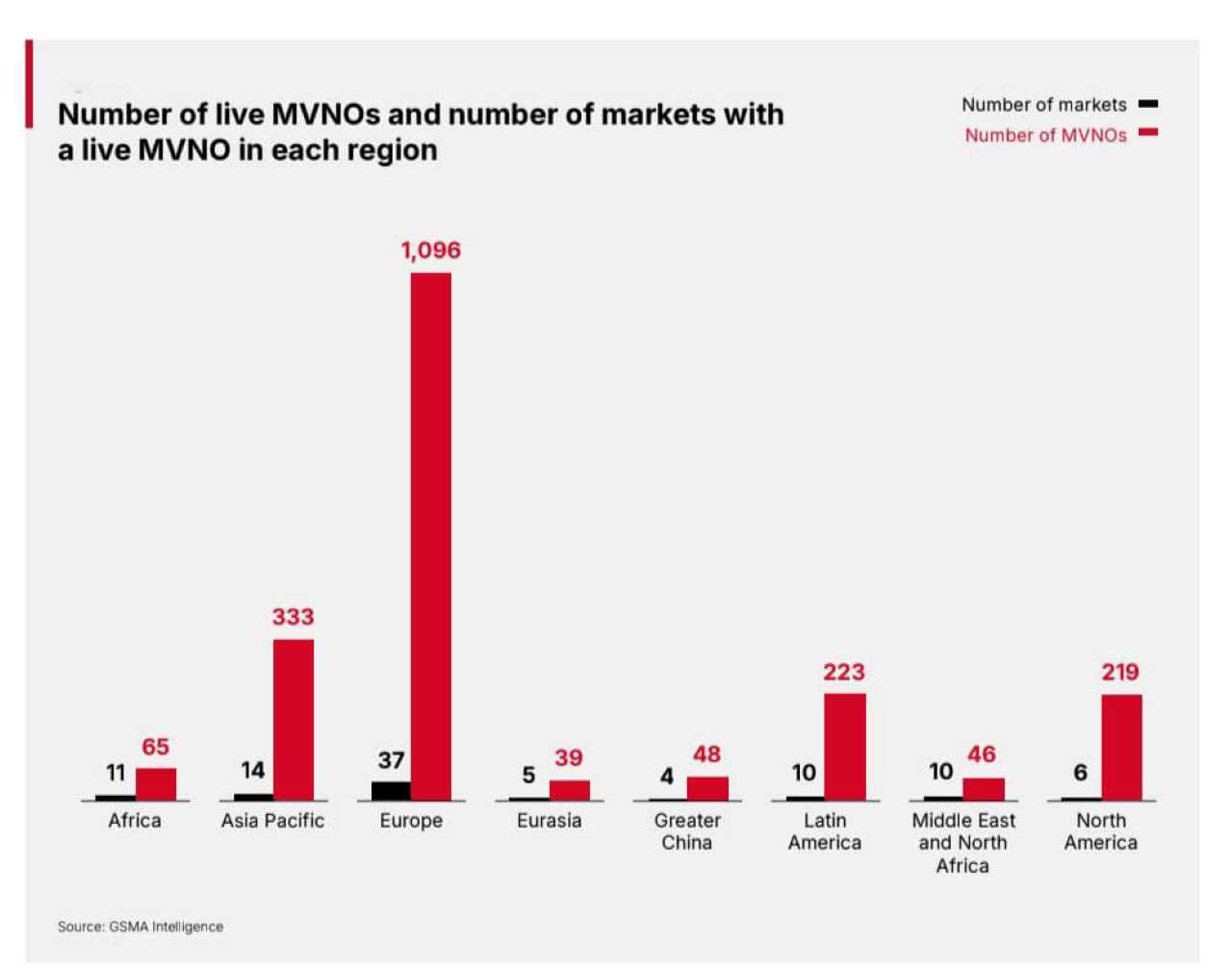. Nigeria’s Internet users drop to 140m amid hike in cost
SINCE January, about 240 million people have been added to the global online population.
The International Telecommunication Union (ITU) revealed this in its Facts and Figures 2025 analyses on Monday, saying the new estimates confirmed continuing progress in expanding digital connectivity, while pointing to differences in quality that impact how users benefit from Internet use.
It noted that globally, an estimated six billion people – about three-quarters of the world’s population – are using the Internet in 2025, up from a revised estimate of 5.8 billion in 2024. However, 2.2 billion people remained offline, down from a revised estimate of 2.3 billion in 2024.
Overall, the report’s findings underlined the importance of digital infrastructure, affordable services and skills training to ensure that everyone can truly benefit from advancing technologies such as artificial intelligence (AI).
In Nigeria, checks by The Guardian showed that Internet users via the narrowband have been plummeting since January to September, with about 1.21 million users appearing to have lost access. The country entered 2025 with 142.2 million, but by the end of September, it had gone down to 140.9 million. However, access via broadband has seen attractions, where subscribers grew from 98.8 million in January to 106.9 million in September.
Analysts believe that the 50 per cent tariff hike handed to the telecom operators in January had a significant impact on the drop in the number of users via the narrowband, stressing that attraction towards broadband has been driven by large enterprises.
ITU Secretary-General, Doreen Bogdan-Martin, said: “In a world where digital technologies are essential to so much of daily life, everyone should have the opportunity to benefit from being online. This report highlights how today’s digital divides are being defined by speed, reliability, affordability, and skills, all of which we must prioritise as we work toward our mission of universal connectivity.”
For the first time, Facts and Figures estimated the total number of 5G subscriptions, which now account for about one-third, or around three billion, of all mobile broadband subscriptions worldwide.
In 2025, 5G networks are estimated to cover 55 per cent of the world’s population, reflecting strong momentum in advanced mobile technologies. Coverage, however, remained uneven, with 84 per cent of people in high-income countries having access to 5G, compared with only four per cent in low-income countries.
The Nigerian Communications Commission (NCC) data showed that 5G penetration after three years of commercial launch in the country is 3.37 per cent, with some 5.6 million of Nigeria’s 173 million active telephone users having access.
Further to ITU, the Facts and Figures showed that 4G and 3G services are available to most of the global population; these services are not best suited for keeping pace with advancing technologies.
Estimates in the report revealed deep contrasts in intensity of use as an indicator of the quality gap. A typical user in a high-income country now generates nearly eight times more mobile data than one in a low-income country.
The Facts and Figures 2025 highlighted that affordability and digital skills remained essential to achieving universal and meaningful connectivity, reached when everyone can access the Internet with high-quality service, at an affordable cost, whenever and wherever needed.
Globally, ITU said the median price of a data-only mobile broadband basket decreased, but access remained unaffordable in around 60 per cent of low- and middle-income countries.
Data also suggested that most Internet users possess basic skills, while more advanced capabilities – such as online safety, problem-solving, and digital content creation – are being developed more slowly.
ITU’s Telecommunication Development Bureau Director, Cosmas Luckyson Zavazava, said: “Reliable data are the foundation of effective digital policies and of our shared vision to connect the world. “Achieving that vision will require sustained and well-targeted efforts – in infrastructure, in digital skills, and in data systems. By working together and directing resources where the needs are greatest, we can ensure that no one is left behind and that everyone benefits fully and safely from the opportunities of the digital age.”
According to Facts and Figures 2025, digital development remains closely linked to economic development, gender, and location. The report underscored the persistence of several digital divides, revealing that 94 per cent of people in high-income countries use the Internet, in contrast to only 23 per cent in low-income countries; 96 per cent of those offline live in low- and middle-income countries; 77 per cent of men are online compared to 71 per cent of women; 85 per cent in urban areas are online versus 58 per cent in rural areas; 82 per cent of 15–24-year-olds use the Internet, compared with 72 per cent of the rest of the population.






